Farm visit: HoCoTec on its way to becoming an integrator
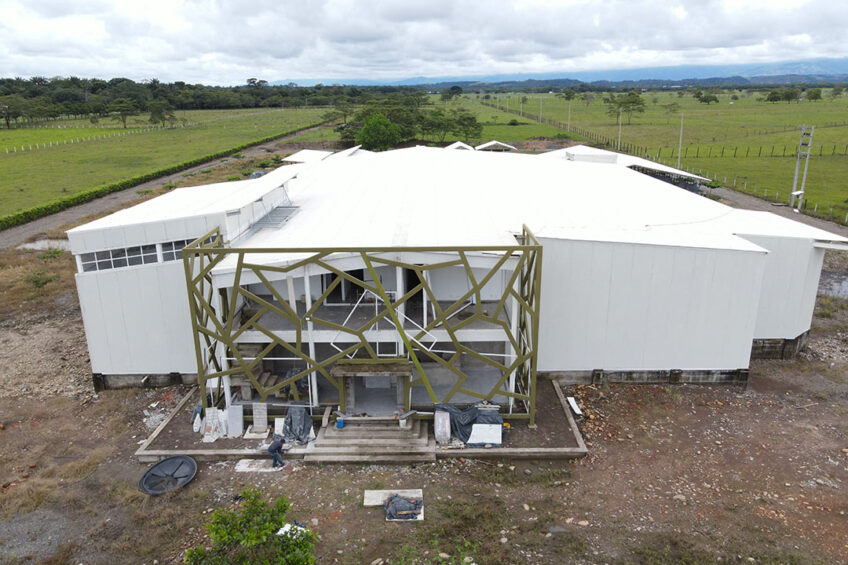
Colombia-based model and training farm HoCoTec was set up in 2012 to help the Latin American swine industry learn and prosper. Things have been going well on the farm, which is relatively close to Bogotá, and the shapes of future integration are becoming visible.
In 2017, Pig Progress visited the model farm HoCoTec in Colombia. It was worthy of attention because from the start, HoCoTec was much more than a pig farm. The farm has served the entire Latin American region as a continual showcase centre for the newest production technologies. It is also a booming training centre as well, with regular training groups visiting HoCoTec from all over Latin America.
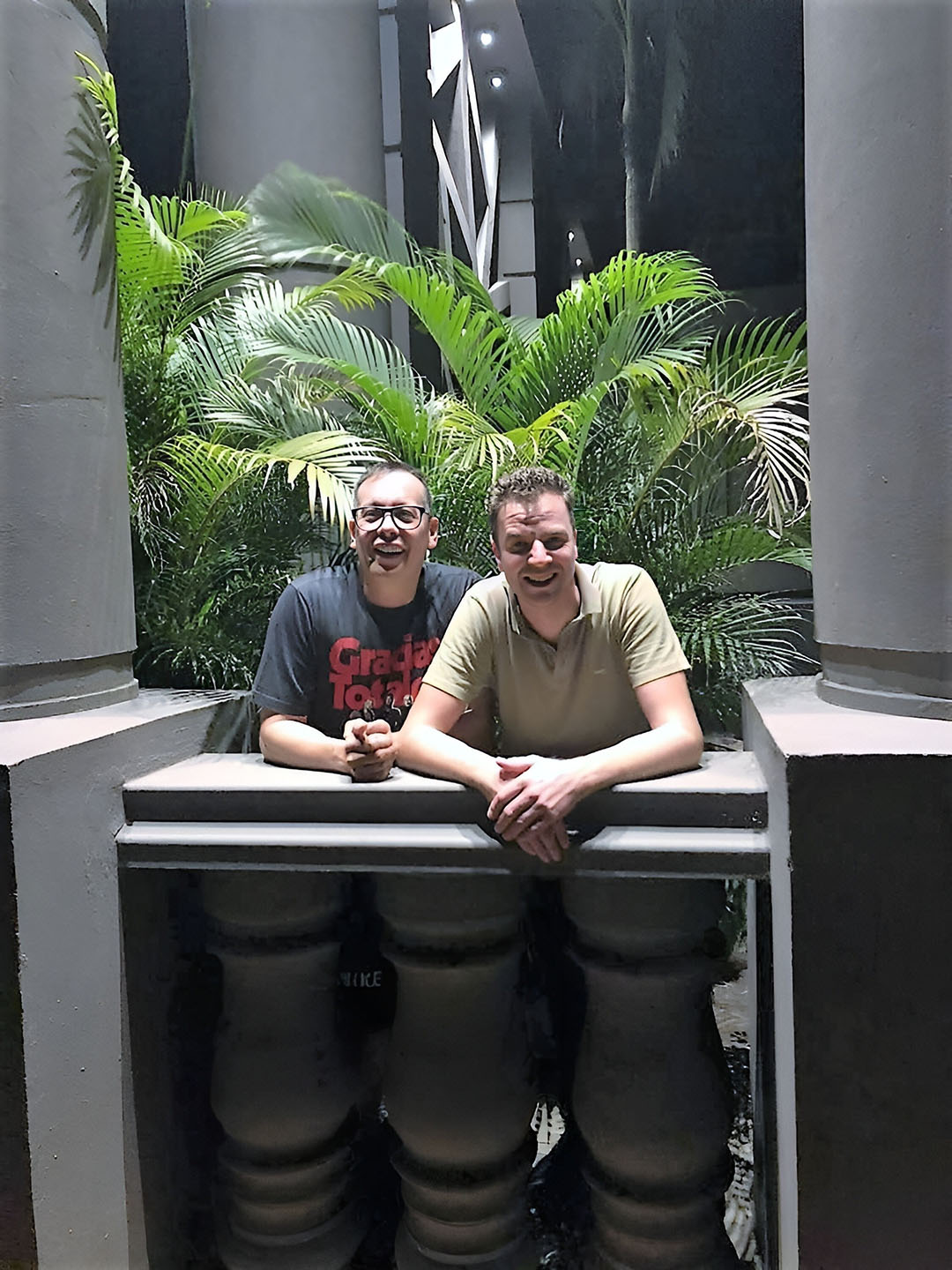
The beginning
Before looking at the latest developments, it is good to take a quick look back at how HoCoTec started and how it has evolved. The farm was the culmination of the dream of Edgar Villamizar in cooperation with his good friend and longstanding business partner, Luc Willekens, a Dutch animal scientist. Villamizar was convinced that a modern pig production, education and research centre would be a success in Colombia. Land and water are abundant here.
Starting in 2012, they discussed what the facility should look like, and eventually secured a 25 hectare site about 25 km east of the city of Villavicencio at the foot of the Andes mountains. As HoCoTec was planned and built, they prioritised superiority. Edgar and Luc put high standards for biosecurity and animal welfare in place, and employed a unique feeding strategy.
Villamizar and Willekens started with 250 sows, and the first pigs arrived in early 2014. By 2017, HoCoTec had a capacity for 900 weaners. The finisher barns were being expanded. From all over Latin America, groups of interested pig professionals came for an “inmersión”. These were sessions to learn and to get inspiration on how to do modern swine farming.
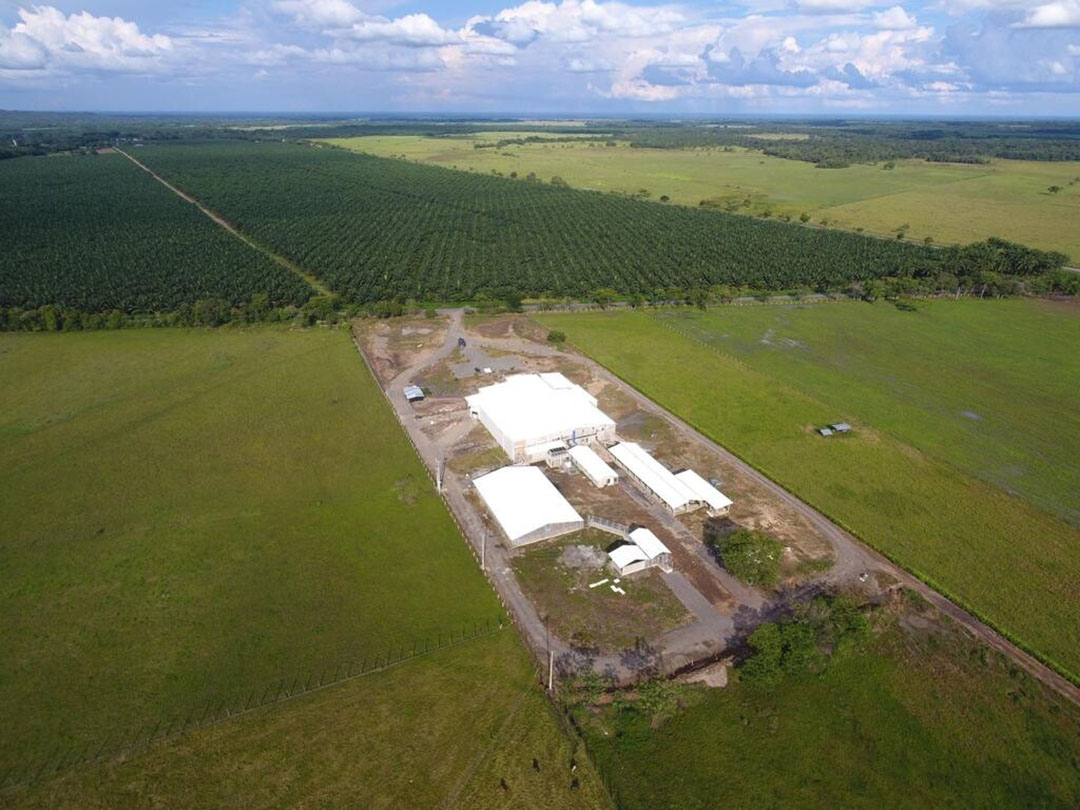
HoCoTec in 2022
Fast forward 5 years. The team is as ambitious as ever on a continent that offers plenty of opportunities. “In the longer term, we would like to become 100% independent in terms of production,” says Willekens. “That includes independence with regard to feed ingredients and independence with regard to sales of fresh meat. Simply from farm to fork, everything in our own care.”
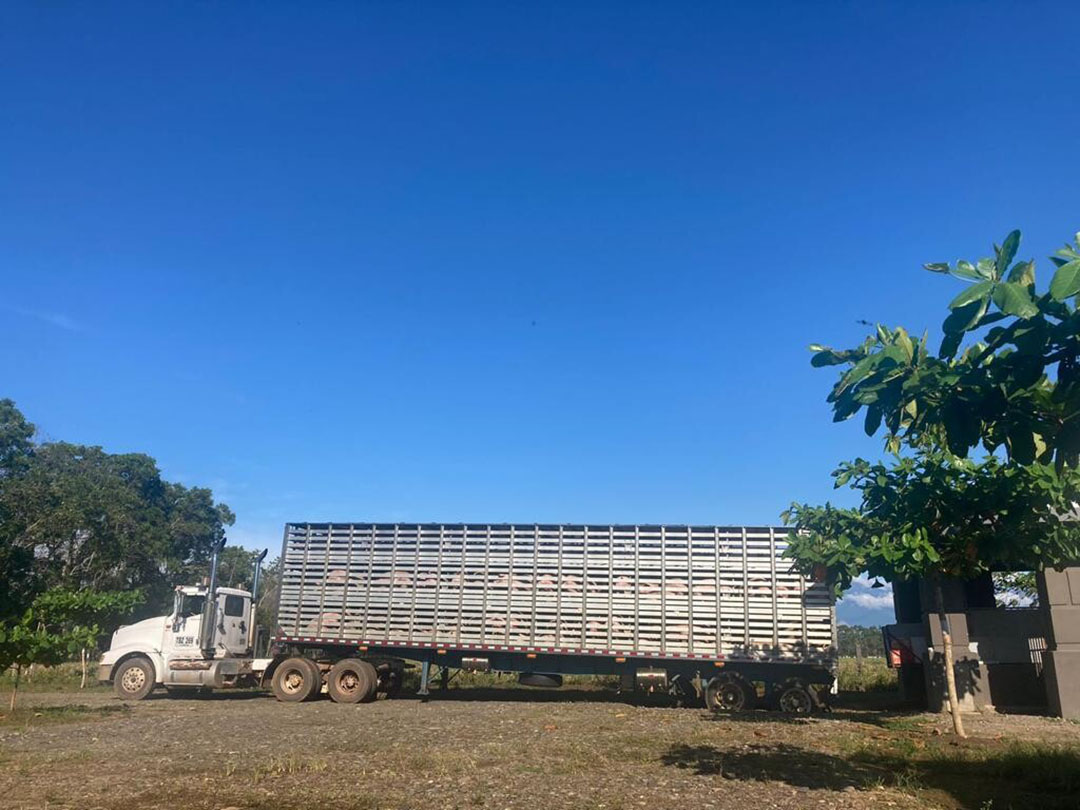
Over the last few years, Edgar and Luc took at least 8 steps as part of this bigger plan, 1 step at a time.
Addition of a rented farm
In 2021, HoCoTec began operations at a rented farm 150 km to the east, with an additional 700 sows, bringing the total number of HoCoTec sows to 1,450. Willekens: “The additional farm was 8 years old at the time and in perfect condition. It is very isolated. To get there, you need to travel on dusty roads for over 30 km. The owners agreed to sell the total livestock population and hand over daily management. We rent the building and its equipment for now. We agreed that we will own it at some point in the future. Also, we decided to convert it entirely to the technological status and ideas we also apply at the HoCoTec facility. So the gestating sows are now being kept in group housing systems, SOPs are the same and also biosecurity protocols are identical. In addition, we aim for antibiotic-free production. All in all, the type of stones being used may be different; for the rest, the working methods of the HoCoTec farm have been copied exactly.”
Unlike the “home” base in Villavicencio, this new site is not meant to become part of any training programme due to its remote location. It does offer different opportunities though, Willekens explains: “The relative isolation also allowed us to house a group of purebred sows on behalf of Topigs Norsvin on this site.”
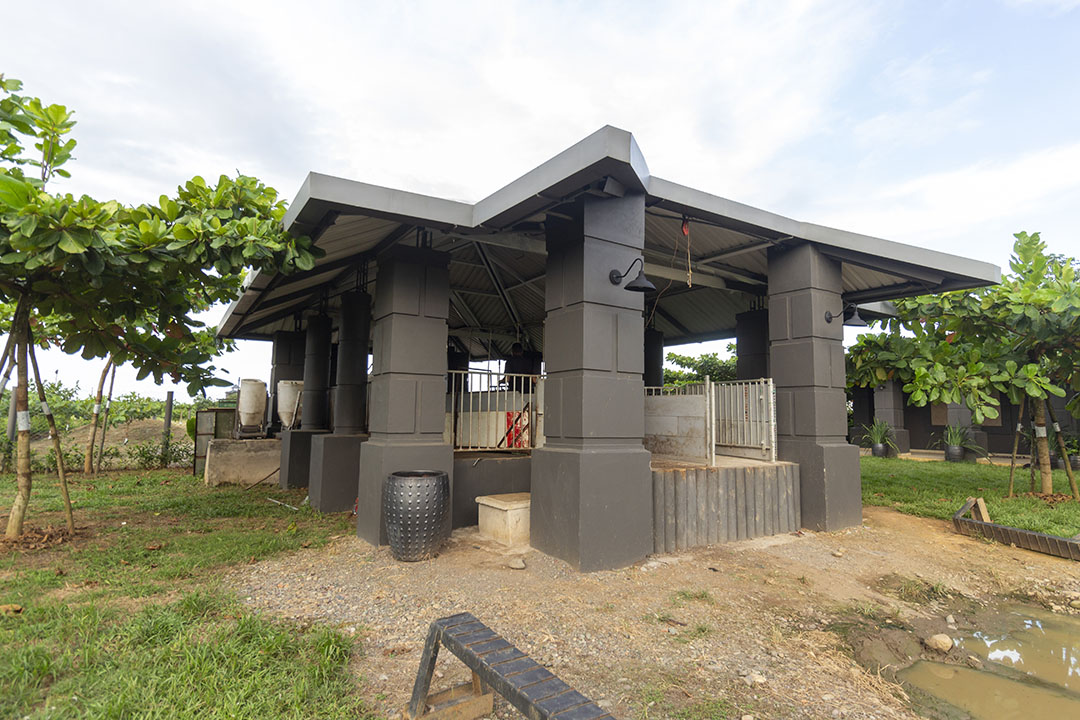
Growth of crop acreage
Becoming independent in terms of feed production means that HoCoTec is in the process of aggressively expanding its crop acreage. Willekens says, “We would like to become self-sufficient in terms of feed for 3 reasons. Firstly, we do not wish to be dependent on imports from, for example, the US. That leads to unnecessarily high costs. Secondly, by growing our own feed, we also have an ideal destination for the pig manure. This can have great value for us. Thirdly: it allows us to be in control of costs of production and keep those costs at a stable level.”
HoCoTec is currently increasing from 40 ha to 200 hectares, aiming for 1,000 ha by 2026. The team is always on the lookout for grounds in the vicinity of both farming locations. Lots have to be at least 50 hectares. Willekens says, “We can do 2 crops a year in Colombia. A lot of pastureland is readily available for growing crops. With that acreage we can cover 70% of all feedstuffs. The other 30% will give us the opportunity to use co-products like rice, semolina, palm pit flakes or bakery co-products and so on.”
He continues, “I do understand why currently there is a habit to import feedstuffs. The soil in Colombia is relatively barren and would need a couple of years’ fertilising in order to have good crop revenues. In our case, having used pig manure, we have already managed to produce above average in the first rounds of harvest.”

Construction of a slaughterhouse
HoCoTec’s own slaughterhouse with deboning facility is under construction about 25 km from the main facility. The estimated start of production is in the first quarter of 2023. That will grow the company’s profits and improve welfare. It will also stop the transport of its pigs for 4 hours to where they are currently being processed.
The completion of the slaughterhouse fits into the picture of becoming independent from start to finish and being in control of prices. Willekens says, “We will work with our own account managers to sell the fresh meat. They will be in touch with retailers as well as restaurants.”
The pig slaughter line will have a capacity of 90 pigs/hour. Interestingly, apart from a pig slaughter line, the facility will also include a bovine slaughter line for 45 beef cattle/hour, even though HoCoTec does not have a commercial beef production farm. Willekens: “Beef fits into the sales channel, and logistically it helps to make sure that the facility operates in a profitable way. Remember that Colombia has a strong predilection for beef, so it will not be difficult at all to fill this capacity.”
The slaughterhouse will become part of HoCoTec’s training programme and serve as a model facility. Willekens says, “Imagine the slaughterhouse to have an extra floor on top. I sometimes jokingly call it the ‘aquarium’, where visitors can observe the process going on below them, without actually disturbing the process.”
Longer term plans include export too, Willekens says, producing, for example, co-products for dog chews. For now, the capacity to grow pork consumption within Colombia is large. Willekens says there are only 300,000 sows in Colombia and 50 million people, with a per capita pork consumption of only 11.5 kg a year.
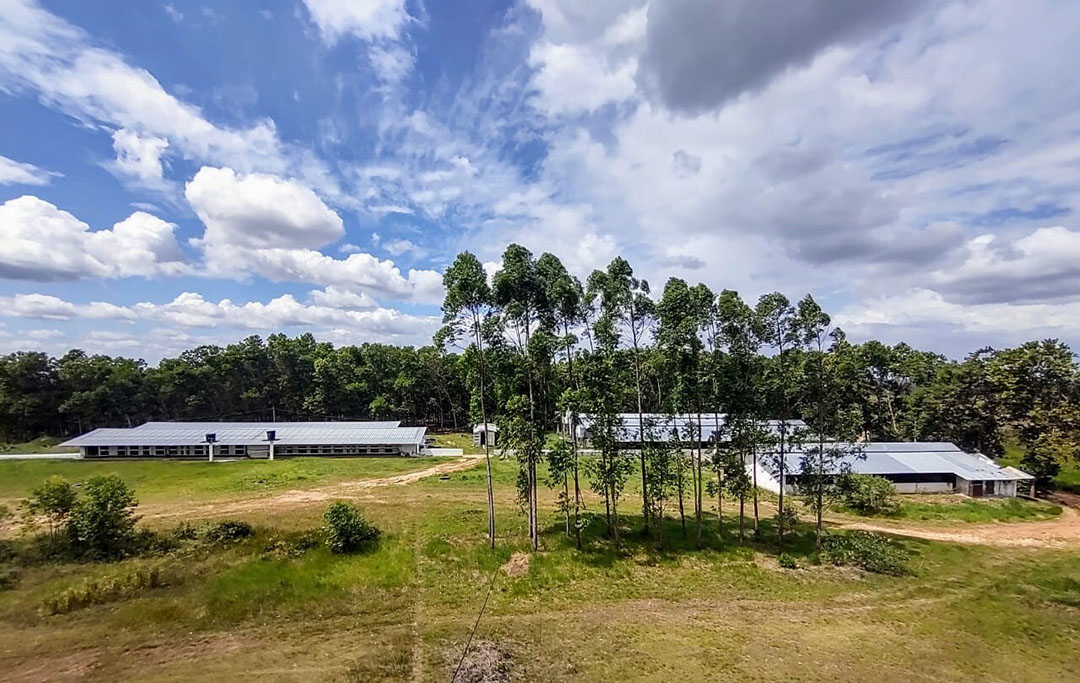
New: A pick-up house for finishers
In 2020, HoCoTec completed the construction of an offsite pig house for finished pigs, about 1.5 km away from the main farm. On-farm tractors will bring the finishers to this location. On the other side of the building, one of the farm’s three trucks will load the pigs. The pig house has a capacity of 100 animals – which is exactly half of the amount of animals that fit into a transport truck. That way, no potential pathogens (if any) from the trucks can ever reach the farm’s own pig buildings.
The construction fits into a total stringent biosecurity plan which currently also involves isolation using colour differentiation per type of barn, shower protocols and strict measures for visitors. The biosecurity level in the slaughterhouse is also high, as an onsite team unloads the HoCoTec pigs. All in all, this leads to no vaccination being needed against Porcine Reproductive and Respiratory Syndrome (PRRS) virus nor against influenza. That is quite an achievement, as PRRS particularly has been moving very aggressively throughout Colombia in 2022.
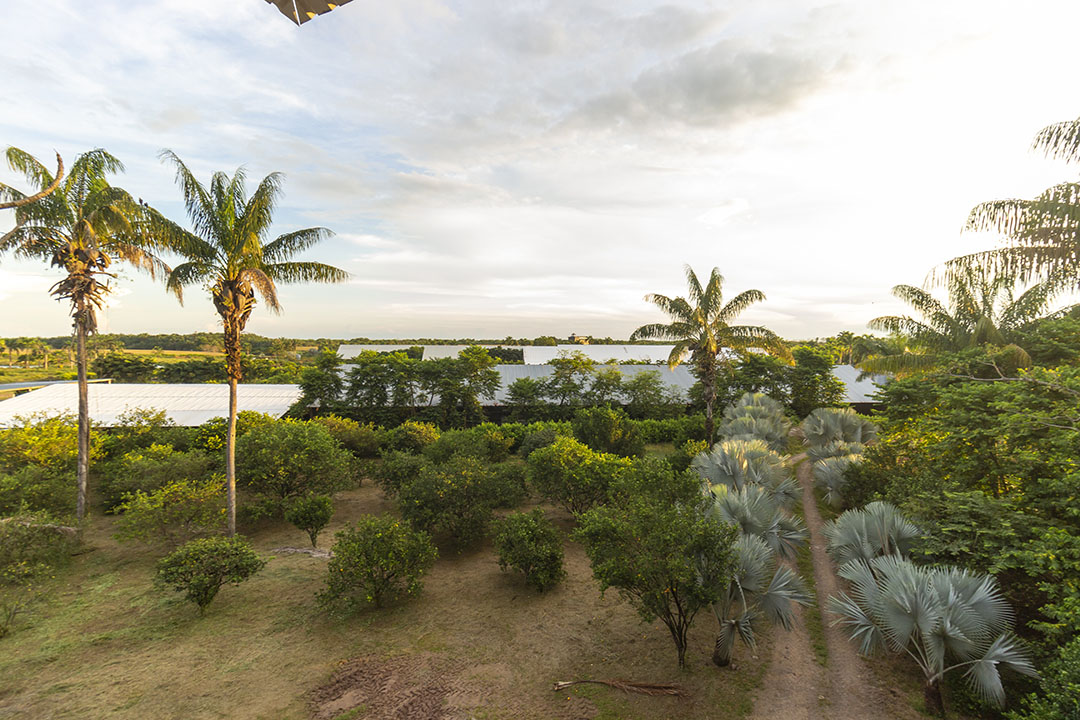
Training scheme growing in popularity
Even though the training scheme wasn’t possible for a while during the Covid-19 pandemic, Willekens notes that it continues to grow in popularity. Apart from educating visitors from all over Latin America, HoCoTec now also follows up to learn about implementation of learned practices in the participants’ own countries.
Awarding of label recognition
In May 2022, HoCoTec achieved recognition in the national Sellos PorkColombia Program.
Willekens says, “This shows consumers through product labels that the company behind the product is achieving excellence in meeting PorkColombia’s strict regulatory requirements for continuous improvement.”
HoCoTec sells the labelled pork through common sales channels, explains Willekens. “We achieve an almost 2% premium of 150 pesos/kg (US$ 0.03) on the regular market price of 9,400 pesos/kg (US$ 2.04).” Pork sales mostly take place in Villavicencio and nearby Bogotá.
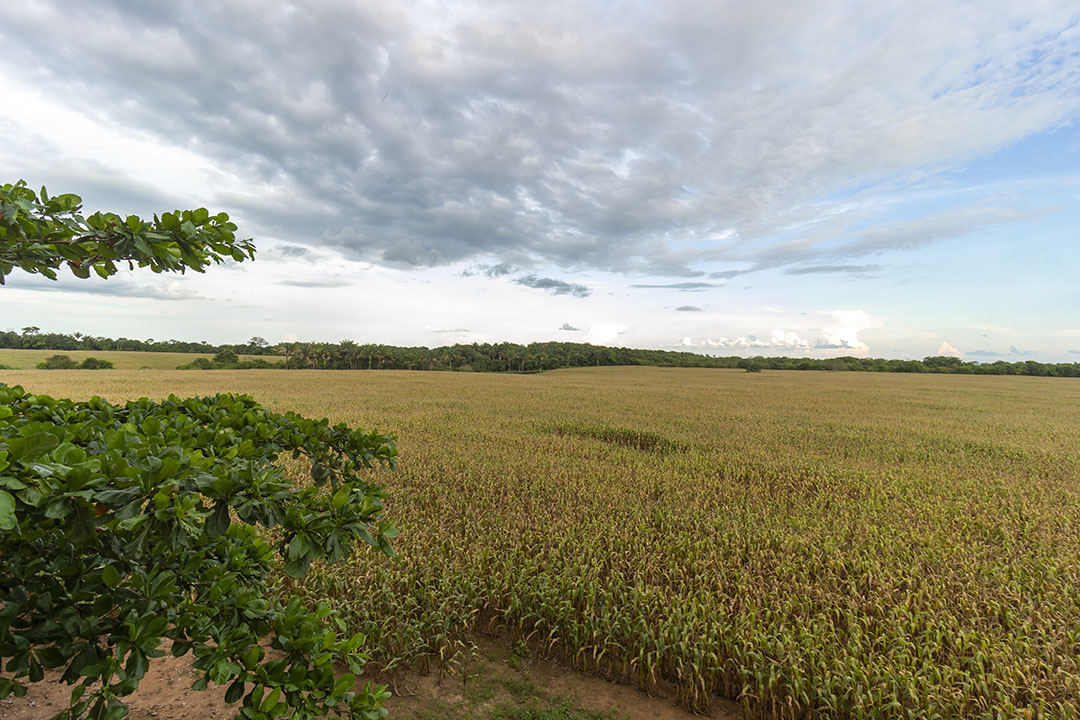
Research projects intensified
In cooperation with PigChamp Pro Europa, based in Spain, research projects can be carried out under Colombian conditions. Projects can take place in lactation, gestation, nutrition, genetics and more under normal commercial circumstances. Willekens: “That required an adjustment of the pig barn equipment so, for instance, we could weigh animals as well. Onsite blood and intestinal research is possible, as well as microbiotic laboratory research. External specialists can come and do tests or slaughter onsite.” In addition, we made agreements with external labs for detailed research.”
Genetics switch
A few years ago, HoCoTec switched to Topigs Norsvin genetics, which fared better in the warm climate. As soon as these new animals entered the farm, the pigs behaved more sedately and mortality numbers dropped.
Ready for the future
All in all, we have clearly set up the development towards proper integration, Willekens says. Next steps will include intensified cooperation with external arable farmers in a more integrated model, he adds. “That means that we will provide the animals, but the lands and the pig houses will not be ours. We will make sure that we will cooperate with the land and farm owners. They then can use the manure on their lands again.”
 Beheer
Beheer

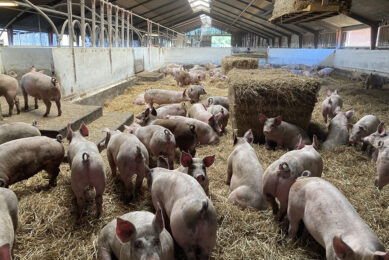
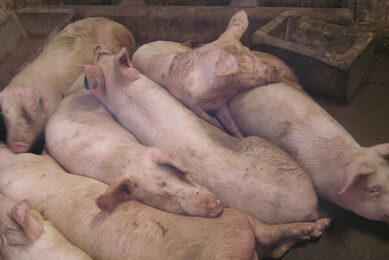
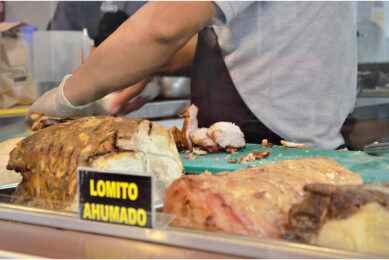
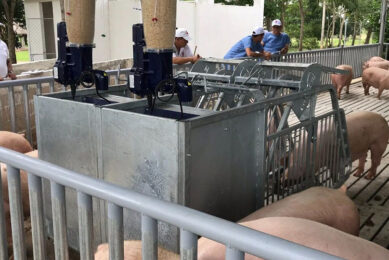



 WP Admin
WP Admin  Bewerk bericht
Bewerk bericht